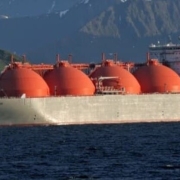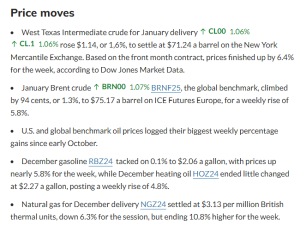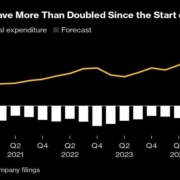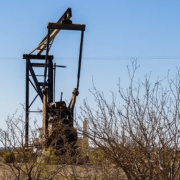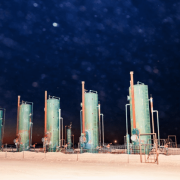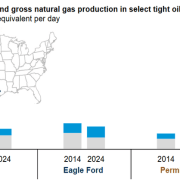HTF MI recently introduced Global Oil and Gas Infrastructure Market study with 143+ pages in-depth overview. It describes the Product / Industry Scope and elaborates market outlook and status (2024-2032). The market Study is by key regions which is accelerating the marketization. At present, the market is developing its presence. Some key players from the complete study are Schlumberger, Halliburton, Baker Hughes, TechnipFMC, Saipem, Bechtel, Worley, Wood, Aker Solutions, KBR, etc..
Download Sample Report PDF (Including Full TOC, Table & Figures) 👉 https://www.htfmarketreport.com/sample-report/2164591-global-oil-and-gas-infrastructure-market?utm_source=Altab_OpenPR&utm_id=Altab
According to HTF Market Intelligence, the Global Oil and Gas Infrastructure market is expected to grow from 650 Billion USD in 2024 to 1,000 Billion USD by 2032, with a CAGR of 6% from 2024 to 2032.
The Oil and Gas Infrastructure market is segmented by Types (Drilling, Production, Refining, Transport), Application (Exploration, Offshore, Onshore, Refining) and by Geography (North America, LATAM, West Europe, Central & Eastern Europe, Northern Europe, Southern Europe, East Asia, Southeast Asia, South Asia, Central Asia, Oceania, MEA).
Definition:
Oil and Gas Infrastructure involves the systems and facilities necessary for the exploration, extraction, processing, and transportation of oil and gas. This includes drilling rigs, pipelines, refineries, and storage facilities. It requires substantial investments, technological innovations, and expertise in project management. The sector faces increasing demands for sustainable energy solutions and cleaner technologies. This is also managing the challenges of fluctuating commodity prices and global regulations. Energy infrastructure is a key driver in meeting global energy needs. Moreover ensuring economic stability, and promoting industrial growth.
Click here to read the full article
Source: Open PR
—
Do you have any questions or thoughts about the topic? Feel free to contact us here or leave a comment below.


